Brisbane’s notorious Boggo Road Gaol, in the city’s inner south, had over time housed its fair share of violent criminals, but nothing compared to its roll call of inmates during the 1960s.
In that decade the prison was home to an array of young gangsters-on-the-make who, on their release in the early 1970s, would come together as a gang and cause mayhem in the Queensland capital.
Their reign of terror culminated in the firebombing of the Whiskey Au Go Go nightclub in Fortitude Valley on March 8, 1973, in which 15 innocent people lost their lives.
Two of those criminals – John Andrew Stuart and James Finch – would be convicted and sentenced to life imprisonment for the Whiskey atrocity. But that singular event had a knock-on effect, and others would be silenced to prevent the true story behind the Whiskey mass murder being revealed.

It wasn’t until 2017, when Vincent O’Dempsey and Garry Dubois were sentenced to life in prison for the historic murders of Barbara McCulkin (estranged wife of Billy McCulkin, a criminal associate of O’Dempsey and Dubois) and her two young daughters, that a fresh window on the Whiskey case was finally opened.
There is little doubt, however, that the seeds for the Whiskey tragedy and other deaths and disappearances in the 1970s were sown in Boggo Road in the Swinging ’60s.
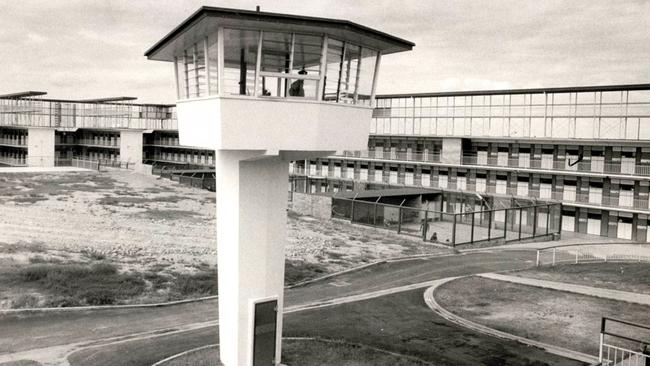
A FINISHING SCHOOL FOR CRIMS
Boggo Road Gaol, not far from the South Brisbane cemetery in the suburb of Dutton Park, was no place for the faint-hearted in the 1960s. It was a perpetual carousel of young inmates who would, within a decade, develop into the city’s cabal of hardened criminals who, in concert with corrupt police, would wreak havoc in the 1970s. The repercussions of their actions in that violent, tumultuous decade would reverberate into the 21st century.
“It was a finishing school for the boys who went to Westbrook [Farm for Boys in Toowoomba],” says one former inmate. “By the time you got out of there you had absolutely no respect for authority. When you see what happens in there and the shit that goes on, it’s almost hard to believe.”
On any given month in Boggo Road in the ’60s, you could acquaint yourself with the likes of John Andrew Stuart, James Finch, Garry Dubois and older inmates such as Arthur “Slim” Halliday and Gunther Bahnemann. Many would be graduates of Westbrook. Many would form serious friendships on the inside and become criminal associates on the outside.
One former inmate, incarcerated at 17 for the unlawful use of a motor vehicle, went inside in 1964 on a 12-month sentence. “In the boys’ remand yard were Jimmy Finch and Danny Landini,” he recalls.

Finch would earn lifelong notoriety for his future role in the Whiskey Au Go Go inferno. Henry Charles “Danny” Landini, too, was at the beginning of a spectacular criminal career that would involve more than 60 charges over 30 years, including possession and supply of prohibited drugs and, in 2012, his involvement in the supply of commercial quantities of amphetamines. But here, in the Boggo Road crime nursery, it was just beginning.
“I went to work in the kitchen,” the former inmate recalls. “There was another guy, he was the head cook and he was a nice guy, he was … a lot older than me, and he said if you’re going over to the store – from Two Jail, that’s where the store was – you had to go through this tunnel.
“He told me to watch the screw in charge of the kitchen. He said never get on the back of a barrow.”
The “barrows” were metal boxes containing prisoners’ meals that were delivered by the prison kitchen hands, usually boys, from One Jail.
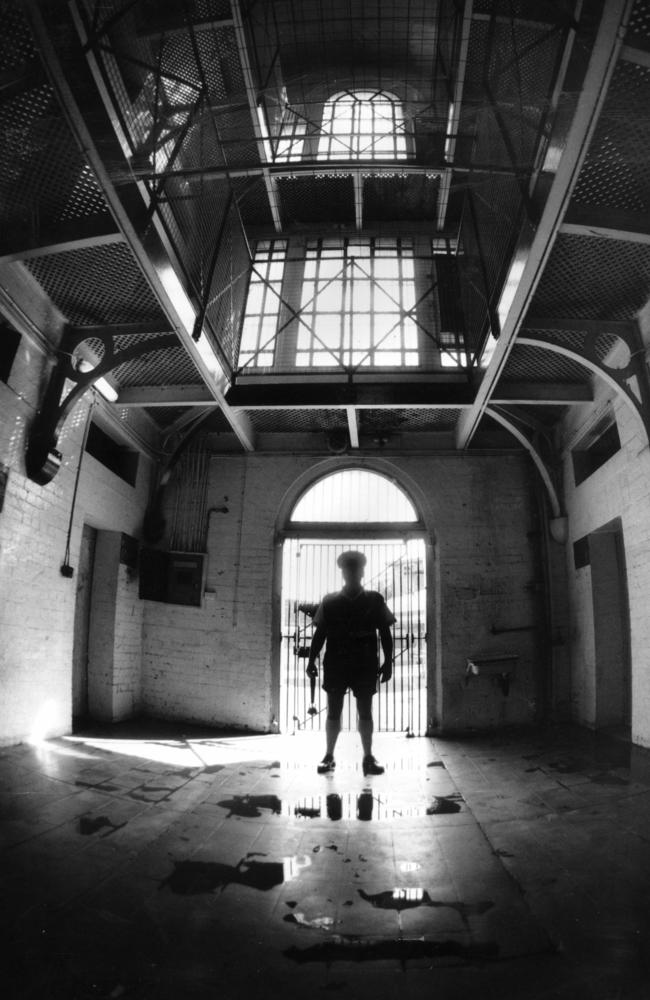
“The head cook told me that when you’re going through and [the screw] stands and opens the gate and you walk through the carrier, he said the screw tries to stop you and play with your dick,” the inmate recalls. “I said to him, ‘You’re f---ing kidding me’. He said, ‘No, I’m f---ing telling you’. So after that I came back and he said, ‘How was the tunnel?’ He used to call it the Tunnel of Love.
“I said, ‘you were right about that screw’.”
The inmate was then moved to A-wing in One Jail.
“I was 17 and I was the sweeper there,” he remembers. “And there was a monster down below … who was a lifer, and he was always trying to f--- boys and all this.
“The coppers had a name for him, The Bull or something, I think he was a fighter before he got life. He had black eyes … from the forehead you could see he was punched around here a lot because it was thicker. He said to me, ‘I’ll teach you how to fight’. Well he was f---ing bashing me in the arms and that, and I went f---ing bang, bang, and put two on him.
“And he said, ‘Don’t you f--- with me’.
“Then he tried to woo a kid into his cell … he went into his cell and waited behind his door in the night. The young bloke punched the f---ing shit out of him, knocking him right up, kicked the shit out of him.
“Anyway, they took him away then, but that’s what it was like. You had to learn to fight in a hurry. You had to live on your wits and any amount of violence you had to use, you had to do it.”

Finch was the Bernardo boy sent from an impoverished family in the UK to start a new life in Australia in the 1950s.
“He wouldn’t f---ing back down to a soul on Earth,” says an inmate who knew Finch in Boggo Road. “Finch wasn’t a bully, not then.
“As for John Andrew Stuart, he was in a special cell with a wire door and he was under escort the whole time, and I don’t know what he was doing or how long, I can’t remember. But he was always a smartarse and he was handcuffed to a double escort [two guards] once and there was a real bad screw.
“So he went down one afternoon and there was no sewerage in the cells or anything, and he used to have a plastic bucket, and here’s this bad screw, I can’t think of his name.
“He’s standing there with piss and shit all over him. Stuart had got him to the door somehow. He didn’t take much shit from him, I know that.”
Even as a man in his early 20s, Stuart had a formidable, and growing, reputation among his fellow criminals.
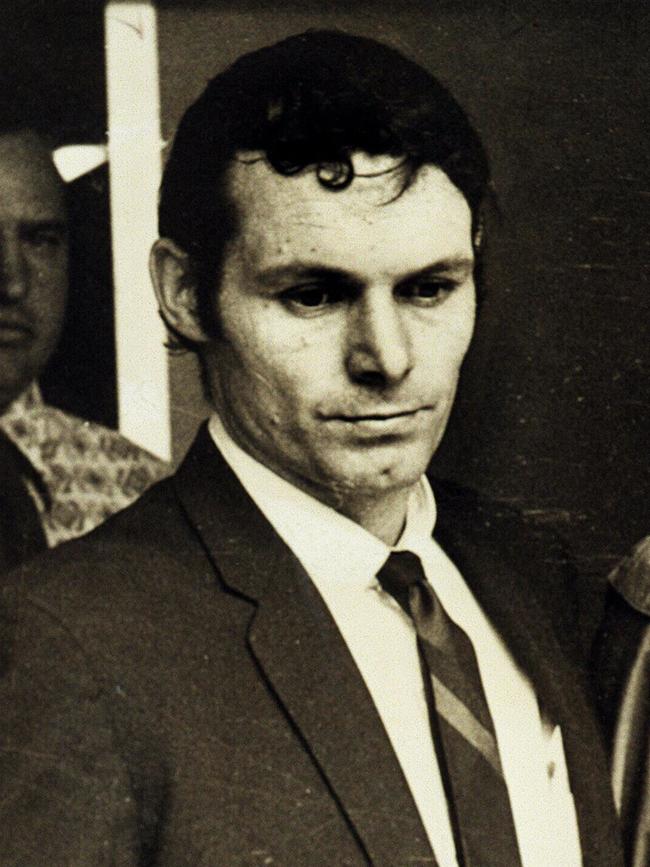
“He wouldn’t cop any shit,” the inmate repeats. “I suppose you’d have to be a bit mad.”
As punishment for his misdemeanours, Stuart was often consigned to the Black Hole.
“It was literally like a dungeon, an actual black hole,” says one screw who was there at the time. “You’d walk down these stairs into this dungeon, and the only light in there came through those little breather slits between the bricks, like you have in the walls of houses.
“It was really barbaric.”
Corrupt former NSW detective and now convicted murderer, Roger Rogerson, concurs with this observation.
“I’ll tell you how mad he was,” Rogerson recalls of one of Stuart’s stints in jail in Sydney. “This is my recollection. I actually locked him up for stealing cars.
“He was locked up at Long Bay. He made an allegation that he’d been bashed or flogged by arresting detectives. Two guys from headquarters went out to investigate his complaint.
“[They were] Carl Arkins and his sidekick. They were with Internal Affairs. They go out and interview him. They’d telephoned the jail before they went out.
“They had special interview rooms where police could interview prisoners. They met in this room and Stuart jumped up, king hit Arkins and smashed his jaw.
“Then he went to court. [He’d been] charged with grievous bodily harm.”
In a career spent mixing with some of the heaviest criminals Australia has ever produced, Rogerson says there were only three that were worse psychopaths than John Andrew Stuart. “They were [Victorian hitman] Christopher Dale (‘Mr Rent-A-Kill’) Flannery, Stewart John Regan [Vince O’Dempsey’s Sydney-based friend and business partner], and Raymond “Ducky” O’Connor [Stuart’s friend],” says Rogerson.
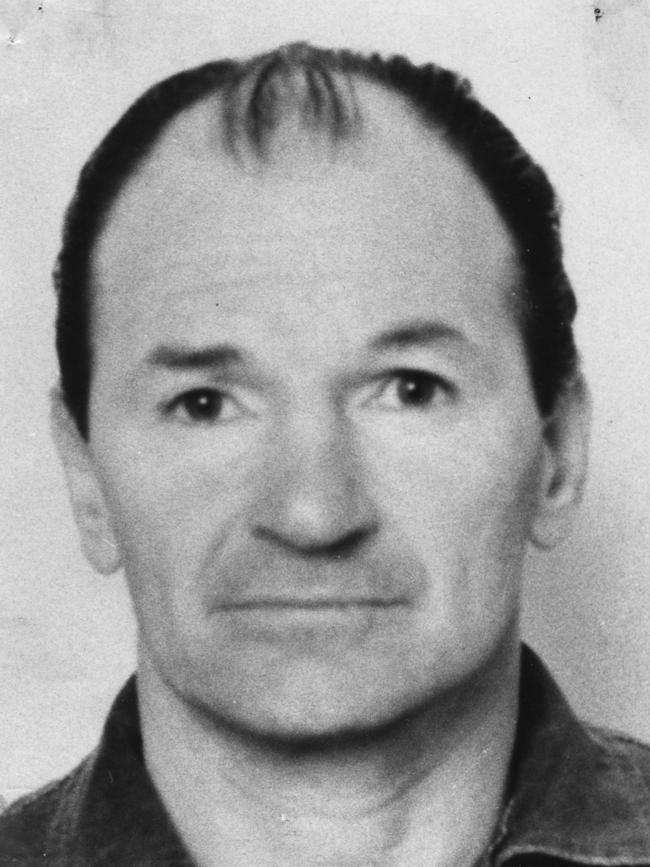
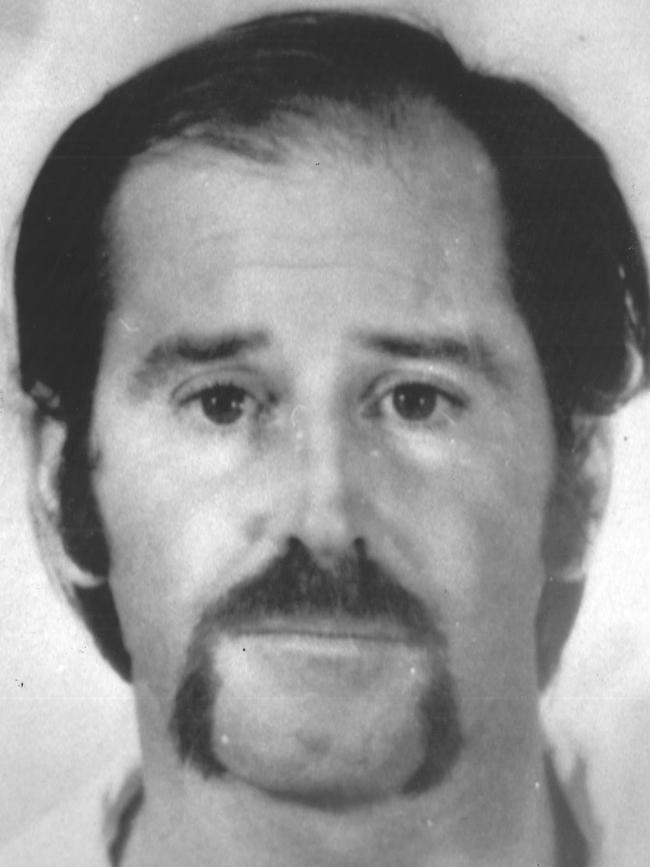
AS THICK AS THIEVES
Boggo Road was also where the lifelong friendship and criminal working relationship between Vince O’Dempsey and Garry “Shorty” Dubois began.
“They were very close in there,” says another inmate at the time. “Vince used to come and get Shorty and pull him aside and tell him things.
“Shorty was serving a sentence for rape. It was a big sentence for a rape by yourself. And Vince was a heavy. You heard the talk. He was this, he was that.”
The inmate remembers another thing about Shorty Dubois. “He seemed to be predisposed to Charlie Manson [the American cult leader and convicted mass murderer],” he recalls. “I thought he was half-joking. But he was serious.
“ ‘Charlieeeee!’ he used to say. Shorty even looked like him. A short man. The moustache. The heavy rock scene. Drugs. LSD.”
Manson had made headlines around the world when his Family cult committed a string of shocking murders in the US in July and August of 1969. One of the victims of the cult was Sharon Tate, the pregnant actress and wife of film director Roman Polanski. Tate had pleaded for her life before being stabbed to death. The inside of the murder house, in Benedict Canyon, north of Beverly Hills in Los Angeles, was awash with blood. Manson believed in what he called “Helter Skelter”, borrowed from a song of the same name by the Beatles. To him, Helter Skelter was an impending apocalyptic race war in the US.
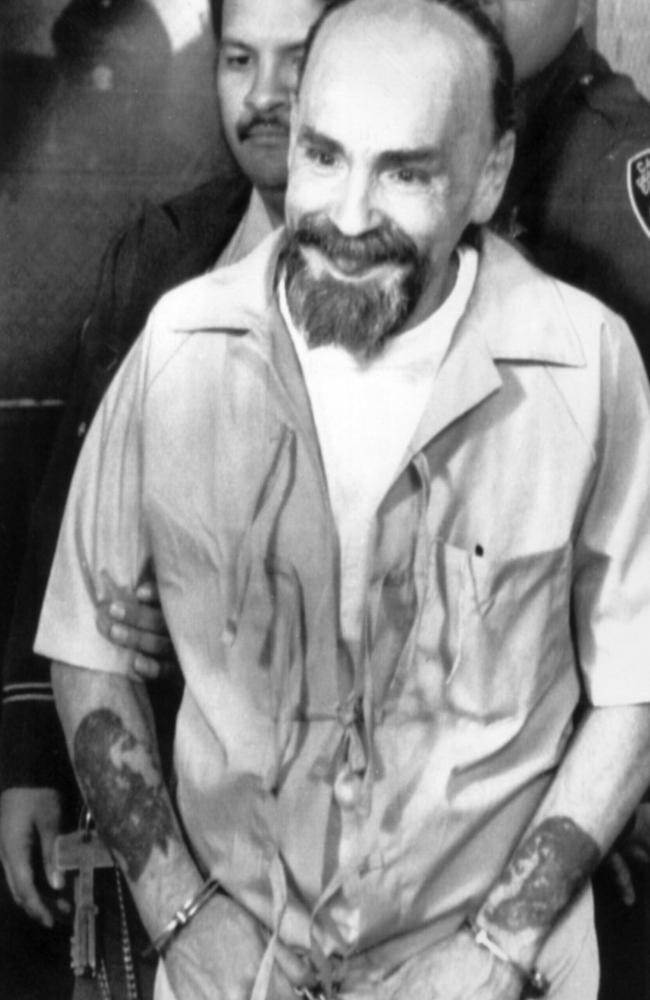
While Shorty might have been baying with excitement over Manson’s murderous antics, O’Dempsey, to all who observed him in jail during those years, was the model prisoner. In fact, he used his lag time to further educate himself.
“He was always doing these courses,” one fellow inmate says. “Poultry farming. Animal husbandry. Agriculture. He could speak about anything at all. On any topic.
“He was quiet. Reserved. But once he got to know you he’d be just like a normal person. But there was something there, I felt.”
The inmate says O’Dempsey was sometimes reflective about his childhood in Warwick, on the Southern Downs.
“He said all his brothers and sisters fought, the usual stuff,” he says. “He talked about the Christian Brothers and all that shit.”
O’Dempsey would later reveal to a criminal associate that he hated Catholics, despite his own mother’s devotion.
“His father was one of the most respected men in the community; his mother went to church,” the associate remembers. “Vince said the symbol on the Pope’s hat was a mark for 666, the mark of the Devil.”
O’Dempsey also shared some information about his brief stint in the Australian Army, after the disappearance of Raymond Vincent “Tommy” Allen in 1964 and before his arrest for a safe robbery in 1965.
O’Dempsey said he had been undergoing training at the Holsworthy army base in Sydney’s southwest when he was given a dishonourable discharge.
“He told me there’d be no short-haired poofters in the army,” the inmate recalls. “Then he said when you had a shower down there at the army base it got all steamy, and he just grabbed a soldier in the next cubicle.
“He said he raped him. He admitted that to the boys and everyone laughed. O’Dempsey thought that was funny.”
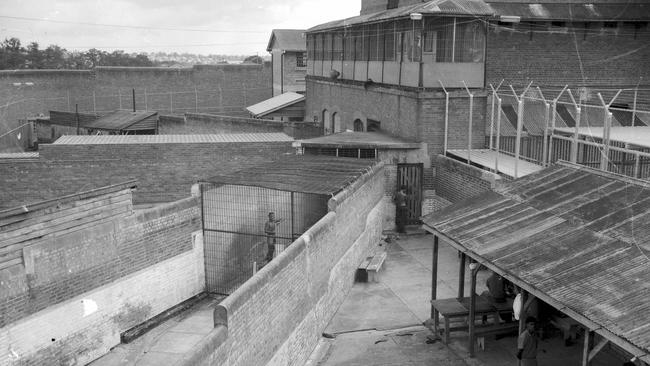
One thing that made O’Dempsey stand out in the crowd in Boggo Road, however, was his supreme confidence. “He had an air of complete confidence about him,” one co-inmate recalls. “He didn’t give a f--- about anyone or anything. Whether that was because he already had a couple of notches on his belt at that stage, I don’t know.”
Another former Boggo Road inmate recalled arriving in prison and spotting O’Dempsey and McCulkin together.
“I hadn’t heard about O’Dempsey at that point, he was in the remand yard when we were there and that was it, him and Billy McCulkin,” he says. “I don’t know how I got talking to them but I just did, and I suppose O’Dempsey liked us because we were all a bit f---ing mad, you know, we wouldn’t take any shit from anybody.
“As for O’Dempsey himself, you know, I thought I wouldn’t like to f--- with [him]. It was his demeanour and the way he spoke and that, he was pretty confident and he had a neck like a bull as a young bloke.
“The rumours would come out that he’d put someone underground, you know. You hear that about a lot of people but then something happened about this one that I believed.”
He said you had to switch on and learn how to survive from day one in Boggo Road.
“You get used to it, I suppose, there’s that many in there that are in for murder and Christ only knows what, and you’ve got to learn to live with them because you’re there, that’s your community,” he recalled.
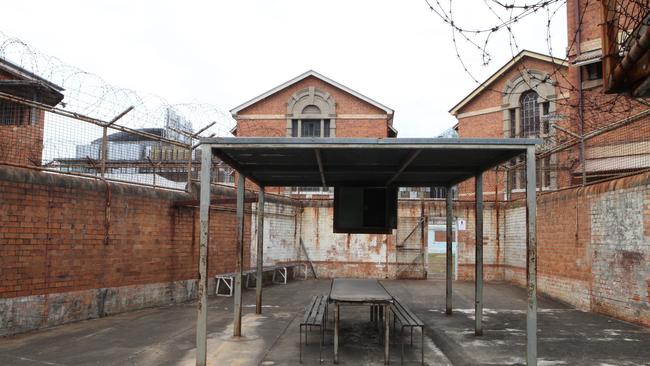
The ex-prisoner said even in that gruel of hardened men, Vince O’Dempsey stood out. “I don’t think he drank tea or coffee,” he remembered. “I think he used to exercise. I wasn’t in the same yard as him but I’d speak to him … when we used to get into [the same] yards when you could, and play cards.
“I didn’t used to like cards much, I used to get bored with it but he was a mad card player and he used to get the f---ing shits if he lost, too; you could see it, yeah.
“I was playing one day, I was in the game, you know, playing poker and if I had nothing but I could buy a straight thing … I don’t know if I was buying a dux or a flush, I wouldn’t do an open-ended straight, I wouldn’t.
“Here I’d throw one card and buy two as if I had three of a kind and I’d … I’d limit him. And every time he’d look at me, I’d do him and anytime he wouldn’t look I’d be bluffing.
“Yeah, well I got him, I used to say to him, should have looked that time, Vince.”
The ex-con also befriended Garry “Shorty” Dubois. “He was good, you know, I never seen the other side of him at all,” he said. “He was pretty quiet, he used to be very, very fit and I was in the same yard as him, like in the last year or something, or whatever it was, and he was all right.”
He said in the 1960s it was an “offence” to exercise, but the prisoners had ways of keeping fit.
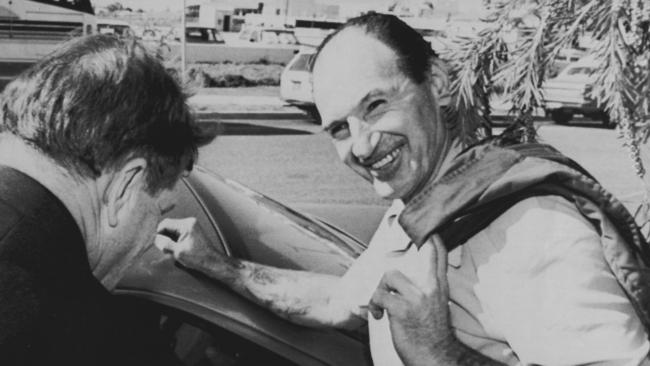
“Oh, you’d do chin-ups on your bloody shed awning, push-ups, sit-ups with a bolt around the stool … put your feet under it, you know, be up like that, do your sit-ups on that, all that sort of stuff,” he said. “You couldn’t run or anything.
“O’Dempsey had been a boxer. Yeah, they’d say he was good, very, very hard. I don’t think he’d been beaten.”
The prison screws gave O’Dempsey a nickname – Silent Death.
“That’s what we called him – Silent Death,” one recalls. “He rarely spoke to anybody inside. He kept to himself. He was a loner.
“When he looked at you with those steel eyes, your hair stood on end. He looked at you and you just about pissed yourself. You wouldn’t think that anyone could look that evil.
“You just got the feeling that you could die at any moment with O’Dempsey. He’d stick you with a knife. He’d shoot you and wouldn’t bat an eyelid.
“For years after I used to have a recurring nightmare that my car broke down in the bush and I was out there alone. Then suddenly Vince O’Dempsey came out of the bush.
“He was a very, very ruthless man. He was the most evil man that I ever encountered in prison in more than 30 years on the job. No question.”
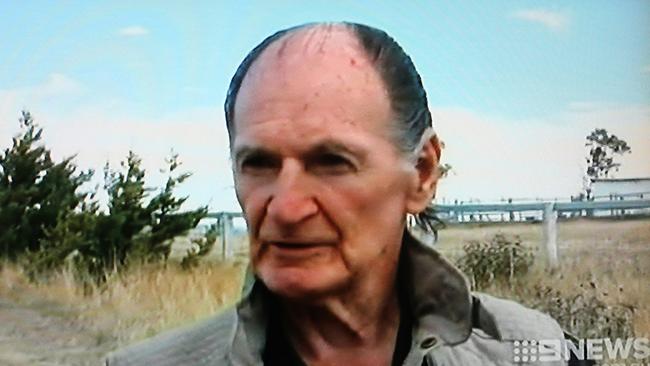
THE MAKING OF A MONSTER
Vince O’Dempsey was released from Boggo Road in December 1970. One inmate recalls: “They [the screws] were searching him and all this and he had a suit on, he felt dressed up and he was dressed up. He asked me what I was doing.
“Then he turned on me and said … ‘you’ll be back, [and] not voluntarily’.
“I said they’d have to bring me back here in chains. And he said, you’ll come every day, you idiot, you know, I didn’t like it. So I walked, pissed off.
“The second he got out, he said, ‘You know what? Today is a black day for society’. That’s exactly what he said.
“Boggo Road. That’s what furnished O’Dempsey. He came out a brand new shining f---ing monster.” ■
Edited extract from The Night Dragon by Matthew Condon (University of Queensland Press, $32.95), published Tuesday

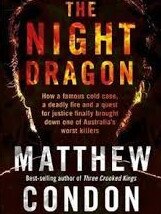


Add your comment to this story
To join the conversation, please log in. Don't have an account? Register
Join the conversation, you are commenting as Logout
The lie that cost underworld figure his life
When Carl Williams lied about Michael Marshall’s involvement in a contract killing, he as good as signed the hotdog salesman’s death warrant.
Lunchtime jewel heist which rocked Sydney’s CBD
In what was considered the biggest jewellery heist of the first half of the 20th century, in 1947 a thief managed to steal jewels worth about $600k today. But his glory was short-lived.